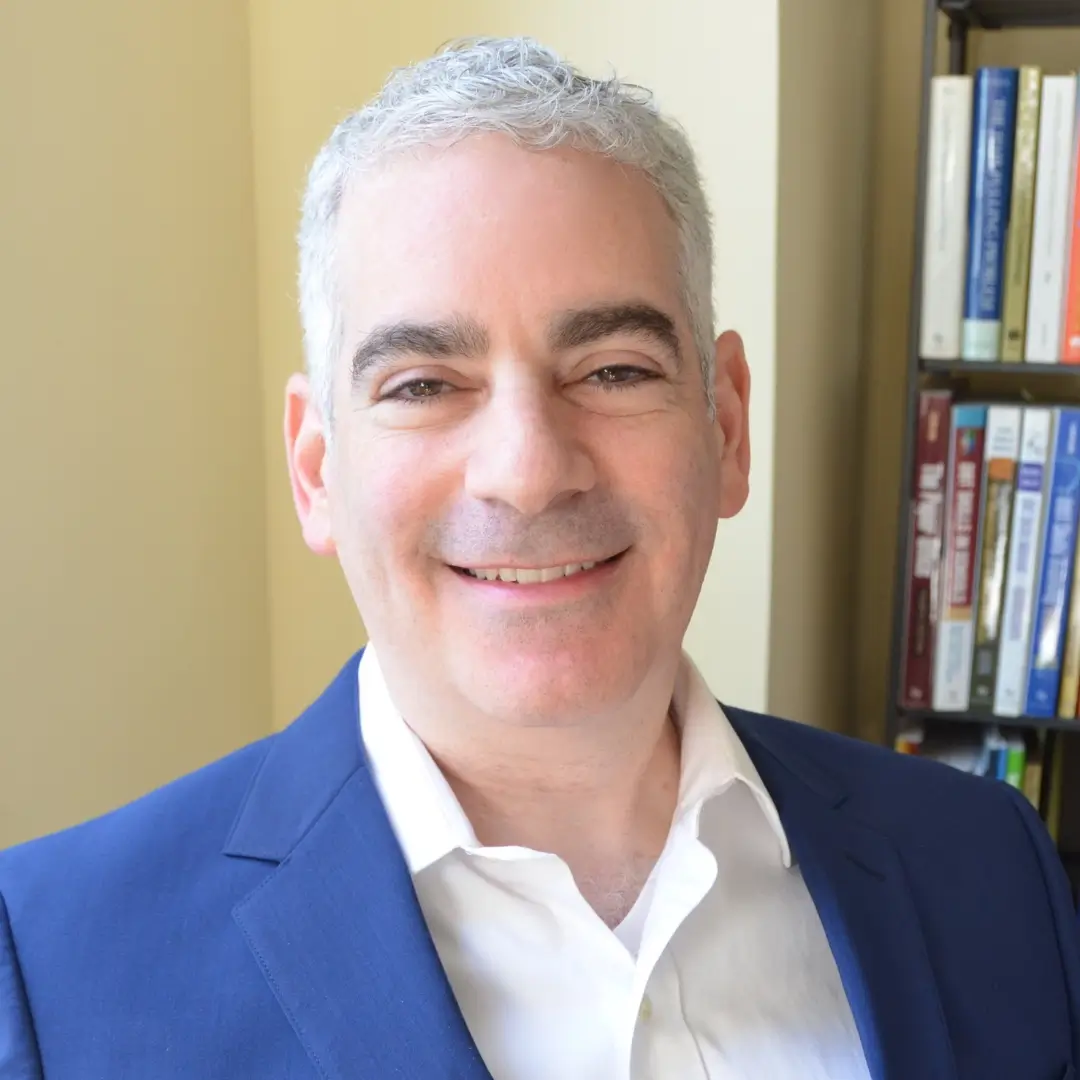Last updated: June 18th, 2024
With contributions from Gabrielle Ilagan and Leah Walsh, Ph.D.
We all have moments when our emotions get the best of us. Some of us also have moments when we ignore our feelings altogether and let logic guide our decisions. Wise mind is a term for the state when you can access your emotions and your logical reasoning. The term comes from dialectical behavior therapy (DBT), a form of therapy that can help you build healthier relationships with your emotions.
What Is Wise Mind in DBT? Why Is It Useful?
Wisdom is usually defined as the capacity to discern what is true or right. Perhaps more than that, it’s also about knowing which choices will lead to good outcomes. This often requires us to weigh facts and feelings at the same time.
We all have the capacity for wisdom. In order to understand what wise mind is in DBT, it’s important first to understand emotion mind and reasonable mind.
Emotion mind
When your emotions are strong enough that they drive your thinking and decision-making, you are in emotion mind. Most people experience emotion mind at times. It’s not an inherently negative state. It can, however, make it hard to access your innate wisdom. It can also make it hard for you to make wise decisions.
You might be wondering, “I have so many emotions! Am I in emotion mind all the time?” Well, not necessarily. The key difference between having emotions and being in emotion mind is whether your emotions are in control of your thoughts and behavior. You can be highly emotional but still remain in control — remaining in the driver’s seat.
On the flip side, there may be times when your emotions are in the driver’s seat so they take over your moods, thoughts, and urges about what to do or say. In this state of mind, you might be less likely to think and act in a way that takes facts and reason into account. Or, you might take facts into account but distort them to fit the feelings you have at that moment.
Certain things make you more vulnerable to being in emotion mind. For example, it’s more difficult to stay in control of your emotions when you are physically ill or under the influence of alcohol or drugs. Most of us have probably also experienced feeling more irritable or overwhelmed when we’re hungry or sleep-deprived, and then gone back to our normal state once we’ve eaten or slept. And, of course, stress and threats around us make it harder to find a balance between our emotions and reason.
Reasonable mind
Reasonable mind is the state of mind in which logical thinking is driving your decision making. You’re not noticing or listening to your emotions whatsoever. In that way, reasonable mind is the opposite of emotion mind.
Of course, just because you might focus on the facts and pragmatic aspects of a situation doesn’t automatically mean you are in reasonable mind. However, if your rational thinking ignores the importance of your values and your feelings, that’s how you know you might be in reasonable mind. Like emotion mind, reasonable mind can also obscure your wisdom.
There is nothing too terrible about spending some time in reasonable mind or in emotion mind. However, you don’t want to spend all your time in either of them.
Wise mind
In DBT, wise mind is considered distinct from emotion mind and reasonable mind. However, it has elements of each. Wise mind is the state of mind when we are aware of our emotions as well as what facts and reason have to say. There is often a clarity to it, although that clarity is more pronounced sometimes than other times. Because wise mind is a middle ground between reasonable mind and emotion mind, it’s often referred to as “walking the middle path.”
Wise mind is a useful concept in at least two important ways. For one, when we access wise mind, we can use it to make better decisions. If you make decisions in wise mind, your choices are more likely to reflect your own knowledge, insight, values, and lived experiences. This applies not only to big decisions but to small ones too, like:
- should I tell my friend what I really think of her?
- should I eat some more ice cream?
- should I quit my job because of something unfair that happened there?
Secondly, the concept of wise mind helps us determine which state of mind we’re in. There’s something extraordinarily valuable about that awareness. Knowing whether you’re in wise mind can help you make choices that keep you happy and maintain the relationships you want to maintain.
It can be helpful to reflect on past experiences and think about whether you were in wise mind. It can be even more helpful to access wise mind in the present moment! Let’s examine some ways to tell if you’re in wise mind right now.
RELATED: What Is Mindfulness?
Wise Mind Exercises in DBT
If you want to access wise mind, there are several exercises you can try. You can learn about some of them here. Some are brief meditations, like the walking down a spiral staircase exercise or the stone on a lake exercise. However, the one I recommend the most essentially involves looking within. There are two ways to do this:
Option 1: The meditative option
This exercise was described best by Marsha Linehan, the developer of DBT:
Find a place to rest your eyes, then bring to mind something you want to do or something you don’t want to do, an opinion you have, or something you are doing right now… focus your mind on your breath, notice it going in and out, as you inhale, ask yourself, “is this wise mind?” as you exhale, listen for the answer. Don’t talk. Keep asking with each breath. in and out. see if an answer comes to you. If not, perhaps there is no answer now, or maybe you’re too ambivalent to know the answer.” (from Linehan, 2014, DBT Skills Training Manual, Guilford Press)
Option 2: Pause and reflect
Comparing the past with the present is another effective strategy to determine whether you’re in wise mind or not. Think of a time in the past when you know you were in wise mind. After all, you’ve been in emotion mind, reasonable mind, and wise mind before, and you can remember how they feel. If you’re wondering whether you’re in emotion mind or reasonable mind right now, take a minute and reflect. Ask yourself, is this what it’s felt like in my past experiences of wise mind?
“Wise mind is the integration of opposites: emotion mind and reasonable mind. You cannot overcome emotion mind with reasonable mind. Nor can you create emotions with reasonableness. You must go within and bring these two together.”
Marsha Linehan, Ph.D.
Keep trying the exercises, as they become easier with practice. Everyone has capacity for wise mind. Sometimes, it’s just really hard to access. But if you think you don’t have wise mind, you’re wrong.

How Can You Recognize a Wise Mind Decision?
Sometimes you may come to a decision, but you aren’t sure if it’s coming from your wise mind. After all, sometimes hearing your wise mind doesn’t feel quiet and peaceful — especially if you don’t want to do what your wise mind identifies as the best course of action.
You can ask yourself: When I made this decision, was I aware of the facts about the situation? Was I mindful of my feelings, wants, and needs about the situation? Was I aware of how my body felt when I thought about it? Did I breathe and listen to what my inner voice said about what will be most effective thing to do? Is the choice I made one that I will probably feel good about in the long-term, whether tomorrow or next month? If your answer to all those questions was yes, then the chances are that you made a wise mind decision.
Summary
Wise mind is a concept from DBT that refers to times when you’re able to make choices based on your inner wisdom, your emotions, and the facts of the situation. Everyone has the capacity to tap into wise mind. If it’s hard for you to get in touch with your wise mind, the strategies here might help you grow your ability to access it when you need it.
If you’d like further help working with wise mind or are interested in DBT therapy, please contact us!









